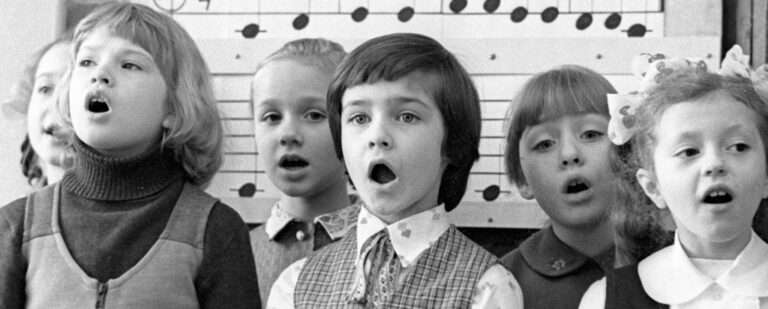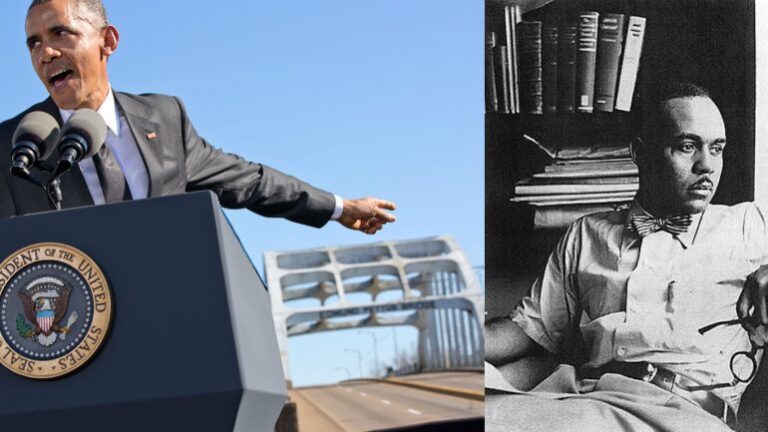“Every Movie is a Ghost Story”: On Writing About Film
As is true for many grad students, the scope of my reading practice has contracted, to varying degrees, around my chosen field. Particularly when I was taking courses, film theory and criticism necessarily comprised the bulk of my reading; the exception being full days of travel, when I’d bring a large novel instead (there was a real stint of Donna Tartt Megabussing for awhile, and I’m still always looking for–no pun–transporting long reads).
So I get a middle-of-the-Venn-diagram thrill when I encounter either literariness in film writing, or film as the subject or setting of literary writing. Granted most specialists probably feel similarly, but for me there’s something uniquely difficult, and also potentially alchemic, in writing about the movies. The writer is tasked not only with verbally transmitting image and movement, but also capturing something of the mood or fantasy evoked onscreen, and grappling with medium-specific gestures so minor they’re almost implied; here, the challenge is to convey but not overwork such moments, keeping both effect and subtlety intact, as if handing over a moth without dissolving its wings.
Writing about film applies pressure to how ekphrastic writing can be possible, let alone evocative–and further, highlights questions that pertain to all kinds of writing, from honing poetic imagery to composing entire fictive worlds: how can writing engage or transform the fidelity of its subject(s)? How do you write about something so simultaneously ephemeral and fabricated, and yet intuitively, enduringly “real”?
I’m currently about to finish Gemma Files’ extraordinary 2015 novel Experimental Film, which I ordered the minute I saw this tweet from film scholar Steven Shaviro:
I read Zeroville back when I lived in South Bend, Indiana, almost certainly on a plane, partly because I was getting increasingly interested in film (I’d apply to doctoral programs a year or two later) and partly because my boyfriend at the time was writing a chapter of his dissertation on Steve Erickson’s postmodern novels. Zeroville concerns Ike Jerome, a young architecture student with Montgomery Clift and Elizabeth Taylor from A Place in the Sun tattooed on his head. Enamored with movies, he moves to Hollywood and becomes a film editor. What I remember best about the book is its dreaminess, how it unspools into hallucinatory descriptions of the editing process, mimicking for its reader the trance produced by the narrative immersion of isolating and ordering individual frames.
The word “hypnagogic” appears in Experimental Film at least three times. I had to look it up: of, or relating to, the state immediately before falling asleep. I can see why Files returns to this particular descriptor: from the late 19th century, from the Greek hupnos, sleep, and agein, to lead, a pedigree that suggests not only the warm, vertiginous pre-sleep mode itself, but perhaps also the quality of its precipitation (and thus cinema as the sedative, the waking dream that conjures unconsciousness).
Experimental Film follows Lois Cairns, a semi-failed critic/professor, as she discovers a provocative bit of unattributed footage at an experimental film screening and becomes obsessed with the footage’s source: a low key infamous local woman, who allegedly disappeared from a train in 1918, and could potentially now be outed as Canada’s first female filmmaker. The more Cairns learns, the uncannier things get, as insidious parallels between her and her subject multiply, and the boundary between present reality and the history she’s reconstituting gradually erodes.
The story recalls both the shadowy footage-following cult in William Gibson’s Pattern Recognition, in which anonymous web users crowd a message board collecting and analyzing stills and sequences of a seemingly sourceless video, and the fourth wall-breaking spectatorial horror of Ringu (1998; The Ring, 2002), in which the act of viewing a videotape consigns each viewer to imminent death, unless they pay the surreal footage forward by copying the tape.
In these and in Experimental Film, the footage prompts an investigation into its origin and production history, and this mystery is imbricated with both formal analysis (a focus on what the films look and sound like) and accounts of the viewing experience (what the footage makes us feel). In all of these, too, despite pervasive unease or outright supernatural danger, there’s an element of obsession. The films demand further research, such that what’s studied in these texts is less the imagery itself than the epistemological imperative to understand it.
In an essay on Hitchcock’s cinema, from his beautiful collection A House Made of Light, scholar George Toles describes Scottie’s obsession with Madeleine in Vertigo as a matter of life or death:
In other words, to obsessively love an image produces a particular kind of vision–so it becomes the writer’s task to transmit that vision, and to negotiate the way in which what we see or represent implies the ghostly absence of everything elided. When I assign my composition students this essay, I highlight this passage, and ask them to write about what it means to love an image. In their range of responses, students usually deduce that obsession may produce all kinds of vision–not necessarily just clarified or magnified, but also close-up to the point of abstracting one’s subject. As writers, they must be vigilant in adjusting the aperture.
An obsession with images supplies the “diction of violence” at the center of poet Justin Phillip Reed’s virtuosic essay on slasher films and Black death, “Killing Like They Do in the Movies.” The numbered sections of Reed’s essay move fluently through a constellation of potentially disparate topics: lynching; porn genres; Wes Craven; Sylvia Plath. He relays primarily between contemporary Black murders (e.g. the Emanuel AME Church massacre in June, 2015; Sandra Bland’s death in prison in July, 2015; and so on) and kill scenes from mainstream horror films, which occasionally gesture emptily toward the conventional disposal of Black characters (the Black Guy Dies First trope), without explicitly engaging race, even as its specter haunts the frame.
What Reed accomplishes in the span of this essay is dizzying, but what sticks out to me is his deep understanding of how movies dramatize the real life negotiation of who’s on and offscreen, what makes the final cut, and what mediated forms our nightmares take, over and over, to the point of generic convention. In taking movies as its (partial) subject, “Killing Like They Do in the Movies” shows that what’s hard about, and what’s at stake in, writing about film, is what’s hard about writing about myths at every scale, right down to what passes for memory.
Note: this post’s title taken from the first line of Gemma Files’ Experimental Film.

